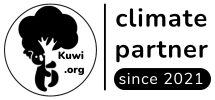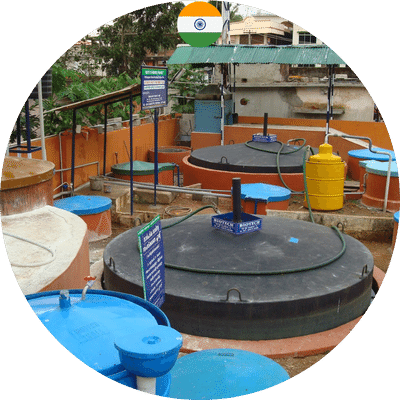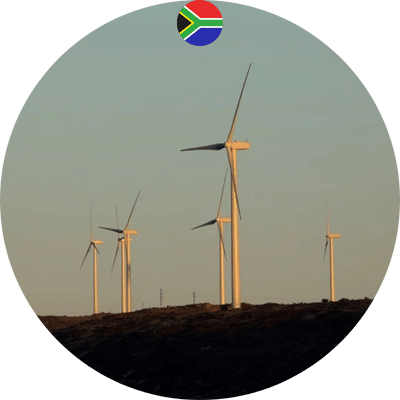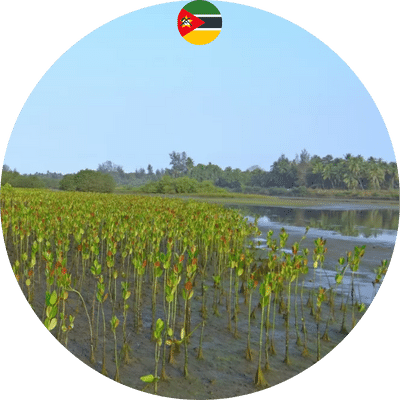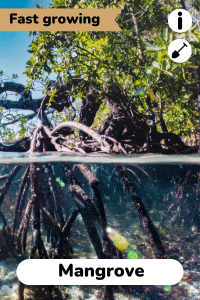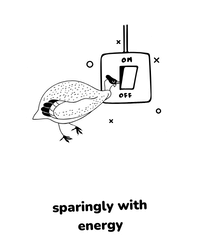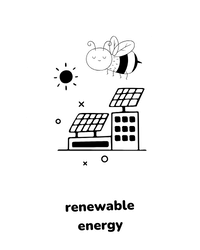Climate log
Sealskin
📍Zaltbommel

Sealskin has financed the planting of 500 trees in 1 project
500 trees
Planting Mangroves in Mozambique
Project Location
Project info
500
planted

Sealskin has reduced emissions by 600 tons of CO₂ through reforestation projects and 25 tons through credits
CO₂ credits originate from climate projects. These initiatives aim to reduce or offset carbon dioxide (CO₂) emissions to combat climate change. These projects are specifically focused on quantifying and measuring the amount of carbon dioxide captured or avoided as a result of certain activities, such as renewable energy projects or the implementation of clean technologies.
Unlike reforestation projects, which have broader ecological and social objectives, carbon projects primarily revolve around calculating and verifying the amount of carbon emissions that have been reduced or removed from the atmosphere.
These are primarily projects by NGOs, often in collaboration with local governments and communities. The main objective is to restore or establish forests in areas where they have been lost or depleted.
In contrast to CO₂ climate projects, which primarily focus on measuring and offsetting carbon emissions, reforestation projects have broader goals. These include restoring habitats and forest ecosystems, increasing biodiversity, preventing soil erosion, and rehabilitating degraded land.
The goal here is not to generate CO₂ credits, so there is no independent audit to verify how much CO₂ the project reduces. Instead, we calculate it by multiplying the average annual CO₂ sequestration of the tree species by the number of trees planted. Read here for how we calculate this.
Avoided 300 tons of CO₂e
Converting organic waste into electricity in India
Project location
Project info
Learn more about this project
Avoided 150 tons of CO₂e
Avoiding methane emissions from landfills in Brazil
Project location
Project info
Learn more about this project
150 ton CO₂e vermeden
Wind energy project in South Africa
Project location
Project info
625t
reduced
Check which projects Sealskin has supported
Visualized CO2 reduction
The CO2 reduction of Sealskin is equal to one of the following
Long-haul Flights
Our favourite long-haul flight is from London to Hanoi, with a flying distance of 8,881 km.
On average, a long-haul flight emits approximately 150 grams of CO2 per passenger per kilometre flown (source). This means that the total flight emission for one person is 1,332 kg (1.33 ton).
Sea Ice
A research paper from 2016, published in the November issue of Science Magazine, found that the loss of Arctic sea ice had a linear relationship with CO2 emissions. About 0.3 square meters per ton of CO2.
Glass Bottles
On average, producing one glass bottle (500 millilitres to 750 millilitres) results in approximately 600 grams of CO2 emissions. This estimate considers raw material extraction (such as silica, limestone, and sodium carbonate), the manufacturing process (including heating and shaping the glass), the transportation of materials and finished products, and other energy requirements.
-
468
long-haul flights -
2000 m²
sea ice saved -
The production of
10 million glass bottles
🏛️ compendium
Discover the types of trees planted by Sealskin and the ecosystems they have supported.
Supported habitats
Forests are so much more than oxygen factories. They are a place countless animals call home. Guided by the IUCN Red List, we strive to restore the habitats of these animals. Read more about it here.












Climate goals achieved
More about kuwi.org
View more projects
FAQ
Kuwi.org is a non-profit foundation based in Amsterdam.
We always invest 80% of every euro directly into climate projects. The remaining 20% is allocated for overhead costs. Any surplus funds within that 20% are earmarked for our continuity reserve.
For more information about our financial roadmap and goals, you can take a look at our annual reports.
Numerous studies show that supporting climate projects and offsetting CO₂ play a significant role in reversing climate change.
After industrialization, deforestation is the leading cause of climate change. While industrialization has increased the CO₂ levels in our atmosphere, deforestation reduces CO₂ absorption; the combination of these two factors has severely damaged the climate and ecosystems worldwide.
Started in 2017, we are still a small organization and just a small part of the growing movement of millions of people concerned about climate change. We believe that our organization primarily facilitates individuals and businesses who want to make a difference. People like you, and the companies that assist us, have together planted almost a million trees and captured over 800,000 tons of CO₂. Our impact is measured by how we spend money, and we see it as our core duty to do this as efficiently as possible.
For those reading this, we expect that they are above-average concerned about their footprint. Unfortunately, this is not the case for many people. The average CO₂ emissions per person vary greatly, from 2 tons per year for the environmentally conscious among us to 30 tons for the least conscious. For example, the average CO₂ emissions per person in the UK (5.5 tons) is three times lower than in the U.S., which is 15 tons per person.
Based on the above facts, we can say that planting trees is only a part of the solution. Small adjustments in your life can make a huge difference. It’s true, a few minutes less in the shower can make a big difference.
The collective impact you contribute to is verifiable through our reporting and compliance ledger. We maintain high standards for our planting partners and take responsibility and accountability for their performance. We take responsibility for the entire planting project from inception to aftercare, well into the future.
To ensure long-term success, we aim to work with the same organizations year after year. Through our internal playbook based on ISO 9001 and ISO 19011, we keep the team sharp on the pitfalls of long-term relationships and also take responsibility for the long term.
For CO₂ offset, we only purchase credits that meet the leading CO₂ standards, namely the Gold Standard and Verified Carbon Standard. We have an open-book accounting and open-office policy, so whether you are from the press, a customer, a supplier, or just a curious individual, you can always contact us for compliance-related inquiries via admin@kuwi.org.
In Nederland bestaat slechts 11% van het land uit bossen. Deze 11% is volledig in handen van de overheid of natuurbeschermingsorganisaties. Gelukkig is het kleine bos dat nog over is goed beschermd.
Natuurlijk willen we meer bossen in Nederland. De overige 89% van de grond heeft echter al een wettelijk vastgelegde bestemming. Het grootste deel is landbouwgrond (54%). Kortom, om meer bossen in Nederland aan te planten, moeten we de overheid overtuigen om meer oppervlakte als bosareaal aan te wijzen.
Lees hier het volledige artikel over dit onderwerp, in dit artikel vind je ook de petitie om meer land toe te wijzen als bosgebied. Als je het met ons eens bent, teken dan vooral de petitie!



